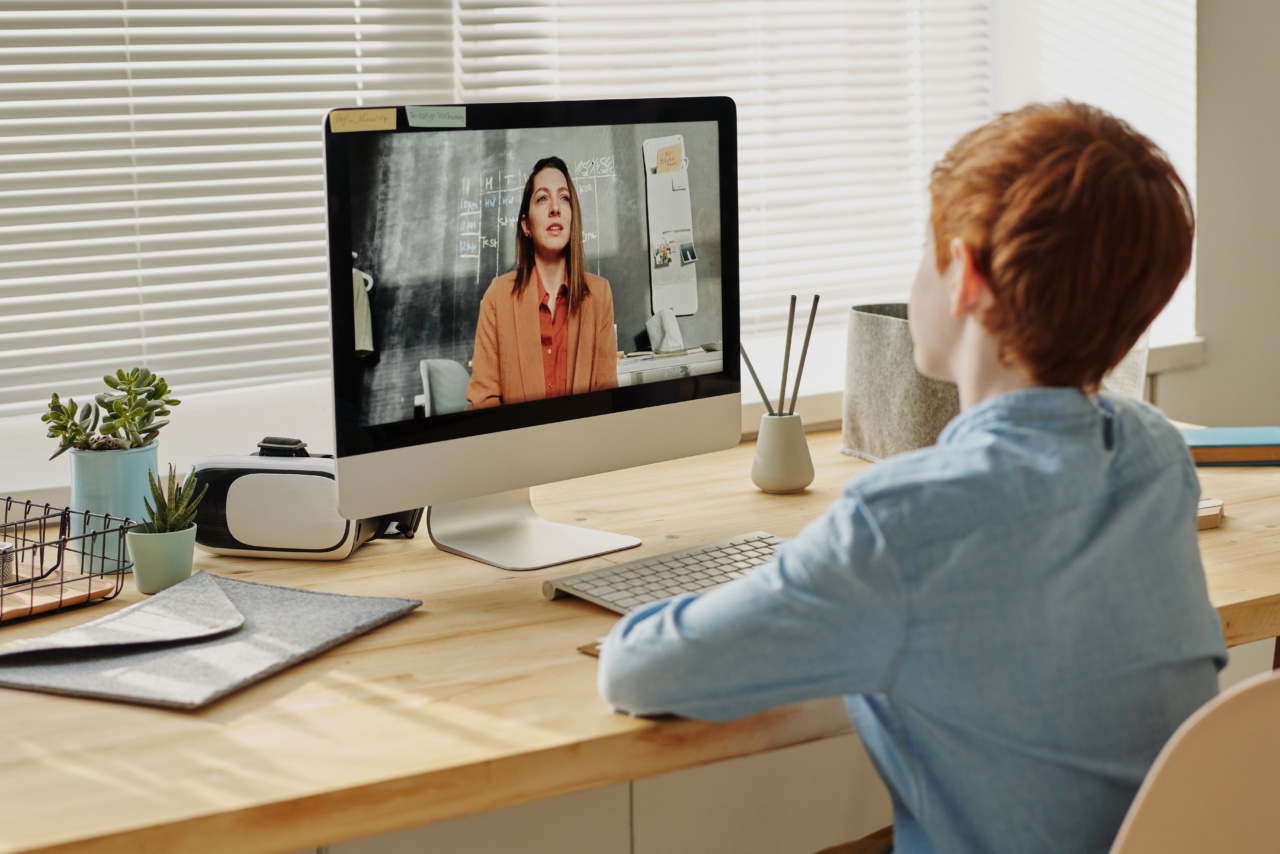In today’s fast-paced world, portable devices like smartphones, tablets, and laptops have become a ubiquitous presence. Whether used for work or leisure, these gadgets have transformed the way we communicate, consume media, and access information.
According to a recent survey, the average American spends around 3 hours and 43 minutes per day on their smartphones alone. While these devices offer many benefits, they also come with a hidden cost: the risk of cervical and back pain.
The Problem of Poor Posture
One of the main causes of cervical and back pain associated with portable device usage is poor posture. When we use these devices, we tend to hold them at a level that requires us to tilt our heads downwards.
This posture, known as “text neck,” puts a significant strain on the neck and spine, and can cause muscle fatigue, soreness, and even damage to the cervical spine. According to some estimates, the weight of the head increases by up to 60 pounds when it is tilted at a 60-degree angle, which can put a lot of pressure on the neck muscles. Over time, this can lead to chronic pain and discomfort.
In addition to text neck, the use of portable devices can also lead to poor posture in other ways. For example, when we type on a laptop, we tend to hunch forward and round our shoulders, which can strain the muscles in our backs and shoulders.
Similarly, when we use a tablet or smartphone while sitting or standing, we may lean forward or twist our bodies, which can also lead to back pain.
The Impact of Sedentary Behavior
Another factor that contributes to cervical and back pain associated with portable device usage is sedentary behavior.
When we use these devices, we often do so for extended periods of time while sitting or lying down, which can lead to a lack of physical activity and movement. This can weaken the muscles in our backs and shoulders, making us more prone to pain and injury. Additionally, prolonged sitting can lead to poor circulation, which can exacerbate pain and discomfort.
Moreover, sedentary behavior can also have a negative impact on our overall health. Studies have shown that sitting for prolonged periods of time can increase the risk of obesity, diabetes, heart disease, and other chronic conditions.
Therefore, it is essential to adopt healthy habits and take frequent breaks from using portable devices.
Preventing Cervical and Back Pain
If you want to avoid cervical and back pain associated with portable device usage, there are several steps you can take:.
1. Maintain Good Posture
When using portable devices, try to maintain a good posture by keeping your head up and your shoulders back. Avoid hunching forward or tilting your head downwards.
Consider using a stand or a holder to adjust the height and angle of your device, so that you can maintain a neutral position.
2. Take Frequent Breaks
Make sure to take frequent breaks from using portable devices, especially if you are using them for extended periods of time. Stand up and stretch your arms, shoulders, neck, and back.
Go for a walk or do some light exercise to get your blood flowing and prevent muscle stiffness.
3. Exercise Regularly
Engage in regular exercise to strengthen your muscles and improve your posture. Activities such as yoga, Pilates, or strength training can be particularly beneficial for the back and shoulders.
Make sure to consult with a qualified instructor to ensure that you are doing the exercises correctly and safely.
4. Adjust Your Environment
Make sure that your environment is conducive to good posture and ergonomics. Adjust the height and angle of your chair, desk, and keyboard so that you can maintain a comfortable and neutral position.
Use a footrest if necessary to support your legs and feet.
5. Seek Professional Help
If you are experiencing chronic cervical or back pain, it may be a good idea to seek professional help. A chiropractor, osteopath, or physical therapist can assess your condition and provide treatment, such as spinal manipulation, massage, or exercises.
They can also offer advice on how to prevent future pain and injury.
Conclusion
The use of portable devices has revolutionized the way we live our lives. However, it has also brought about a hidden cost in the form of cervical and back pain.
By adopting good posture, taking frequent breaks, exercising, adjusting your environment, and seeking professional help, you can prevent or alleviate pain and discomfort associated with portable device usage. Remember: taking care of your back and neck is essential for your overall health and well-being.






























